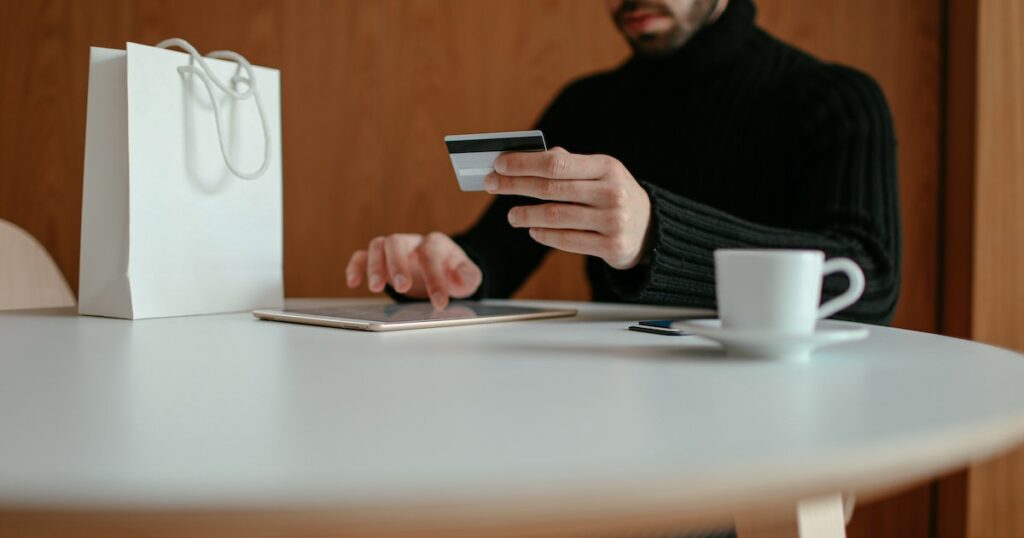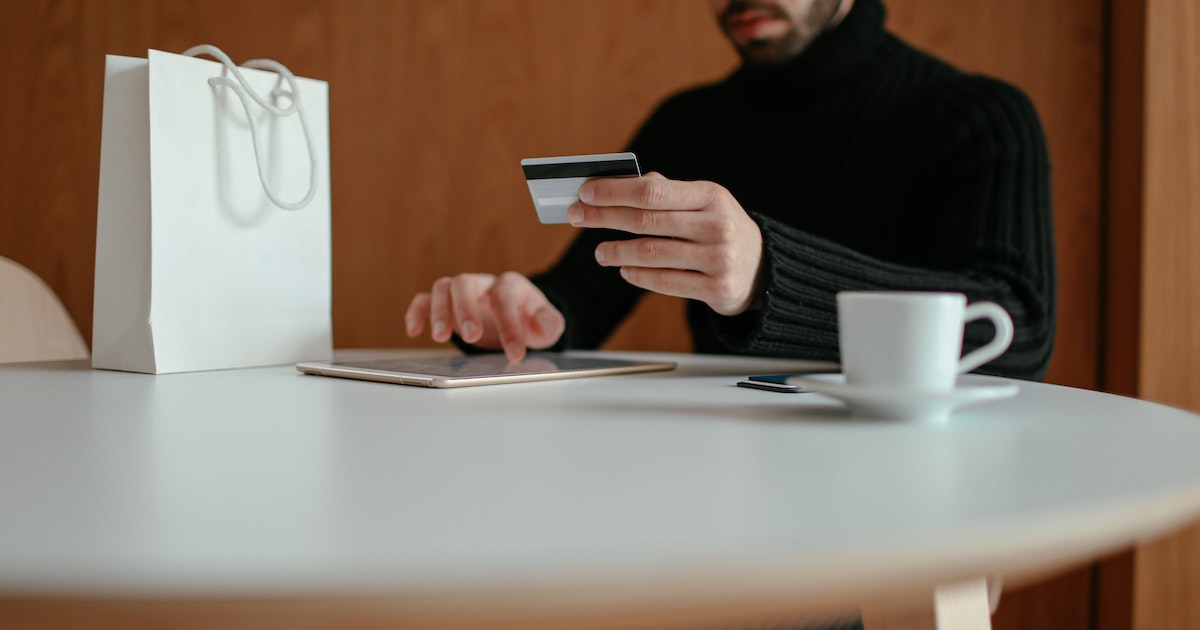Learn the Top 10 Tips for Secure Online Banking

With online and mobile banking, you may get faster service and access to your accounts anywhere and whenever you want. Now, two-thirds of Americans access their accounts primarily through mobile or internet banking.

These solutions enhance your day-to-day financial management and should be maintained on a regular basis to ensure secure banking activities. According to the Federal Trade Commission (FTC), 651,000 identity theft complaints were reported in 2019, an increase of 6% from 2018.
Here are ten ideas for enabling safer online banking so you can manage your money safely 24 hours a day, seven days a week, from any internet-connected device or phone.
1. Configure transaction alerts
Get quick notifications when critical action occurs in your accounts. Set up account alerts to receive real-time warnings about debit card activity through email, phone, or text, preventing and identifying fraudulent or suspicious transactions.
2. Use Positive Pay
Positive Pay Services automatically match your transaction information with transactions offered for payment against your account as an enhanced security feature to reduce check fraud for business banking users. Check Positive Pay compares the information on each check given to a list of checks previously authorized and issued by your firm.
ACH Positive Pay compares the identifying information contained inside an ACH debit transaction seeking to clear your account to a list of ACH debits previously authorized and issued by your firm.
3. Choose passwords that are both strong and distinctive
Choosing a unique password is a good place to start when it comes to increased security. Avoid the following typical blunders:
• Making use of personal information such as your name, address, or birth date
• Selecting shorter passwords
• Depending on the simple word or numeric combinations
• Making use of the same password for repeated logins
• Failure to update passwords on a frequent basis
4. Turn on multi-factor authentication
By demanding additional verification to log in to your online or mobile banking account, multi-factor authentication offers a second degree of security, protecting your banking information. When you log into your account, you will be prompted with a text or phone call and given a unique security code for your session. Set up multi-factor authentication on your account using Westfield Bank’s Enterprise and Secure treasury management solutions.
5. Update your device on a regular basis
Regularly update all of your computers with the most recent versions and patches of anti-virus and anti-spyware software. Making sure your computer, particularly its operating system and important programs, is periodically patched can add another layer of protection, protecting your personal data.
Install a dedicated, actively monitored firewall for further security, especially if you have a broadband or dedicated internet connection, such as DSL or cable. A firewall prevents unauthorized access to your network and PCs.


